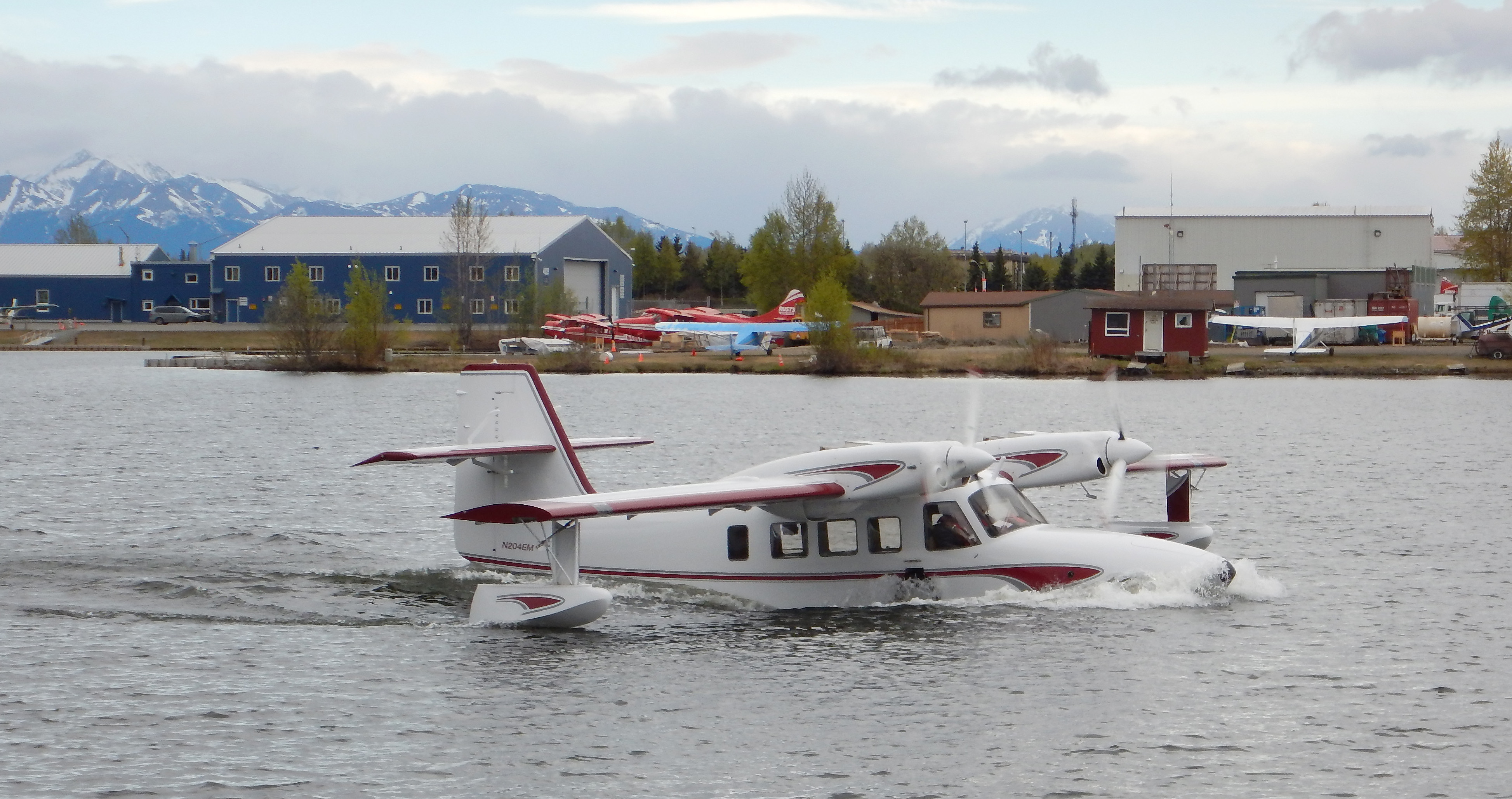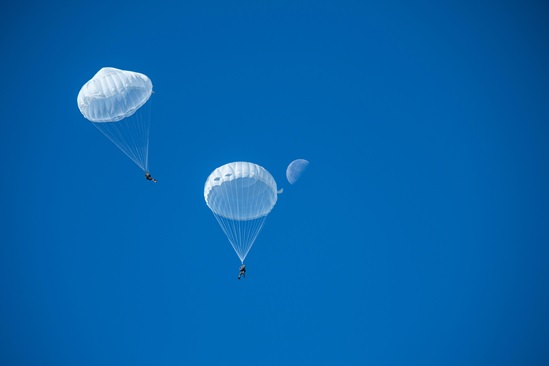Get up close with the Gweduck
With two outboard floats, a water-cutting hull, and a pair of overhead-mounted engines, the high-wing composite Gweduck amphibian at first glance looks like a Grumman Widgeon.
Electronic instruments, composite full-feathering, reversible three-bladed propellers, a glassy-smooth fuselage, and 200 gallons of fuel supporting a pair of Lycoming IO-540 counter-rotating engines provide the Gweduck with a combination of range and utility that improve on the original Widgeon’s all-metal hull and fabric-covered rudder and elevators.
Grumman’s flying boats of World War II gained reputations for being sturdy, tough aircraft, and their missions demanded it. Many of the aircraft were deployed as search-and-rescue or patrol aircraft, carrying heavy loads in rough water conditions.
The original Widgeon’s appearance is unmistakable on land with a tailwheel configuration and Ranger 6-440C-5 in-line inverted engines planted on a high wing. Sturdy landing gear seemingly leaps from the side of the hull. On water, the amphibian really shines, with outrigger floats keeping wings from an inopportune water dip. The main landing gear tucks neatly into the fuselage near the pilot and copilot.

A crew of Washington aircraft builders had a dream to make a modern machine based on the Widgeon flying boat, with more power, useful load, reliability, and simplicity. Thus the Gweduck was born by Ben Ellison and Ross Mahon. Mahon’s father, Brian, had experience building the PBY Catalina flying boat, and Ellison’s brother Marty was intrigued, so the four of them began planning what would soon become a modern version of the classic amphibian.
The homebuilders aimed for user-friendliness in construction and flyability, with emphasis on taming the Widgeon’s porpoising—which many pilots bemoaned—and generally easing water handling for the experimental design. Knowing the rough-and-tumble environment of deckhands, docks, and other potential points for bumps and bruises, the builders opted for a replaceable leading edge wing design.
The first Gweduck six-place amphibian flew in 2009, and its 1,020-nautical-mile range, 1,800-pound useful load, and 120 knots economy cruise has earned praise ever since. A wide cabin and the builder’s choice of avionics, including ample space for marine-band radios, help make the modern flying boat equally at home on water or on land.
Prineville, Oregon, kit manufacturer and marketer Composite Creations, under current owner Walter Fellows, provides a builder’s assistance program. Composite Creations founder Vern Pifer, who possesses experience building the sleek composite Lancair line, said he and his wife Linda are available to help with construction questions and techniques. RDD Enterprises in Redmond, Oregon, which has a history of assisting homebuilders with Vans, Lancair, and Glasair construction, also supports Gweduck builders.
“A lot of people are very interested in the airplane,” said Fellows, who has an agreement with the original kit plane designers to sell and support the amphibian. The initial kit price is $350,000, “but it’s a serious airplane,” said Fellows. “It’s got 2,000 pounds of useful load and rough water capability. Compared to other airplanes with similar capability it measures well.”
If you haven’t already registered for the AOPA Fly-In at Bremerton, Washington, there’s still time to join the fun, camaraderie, and safety seminars at Bremerton National Airport.




